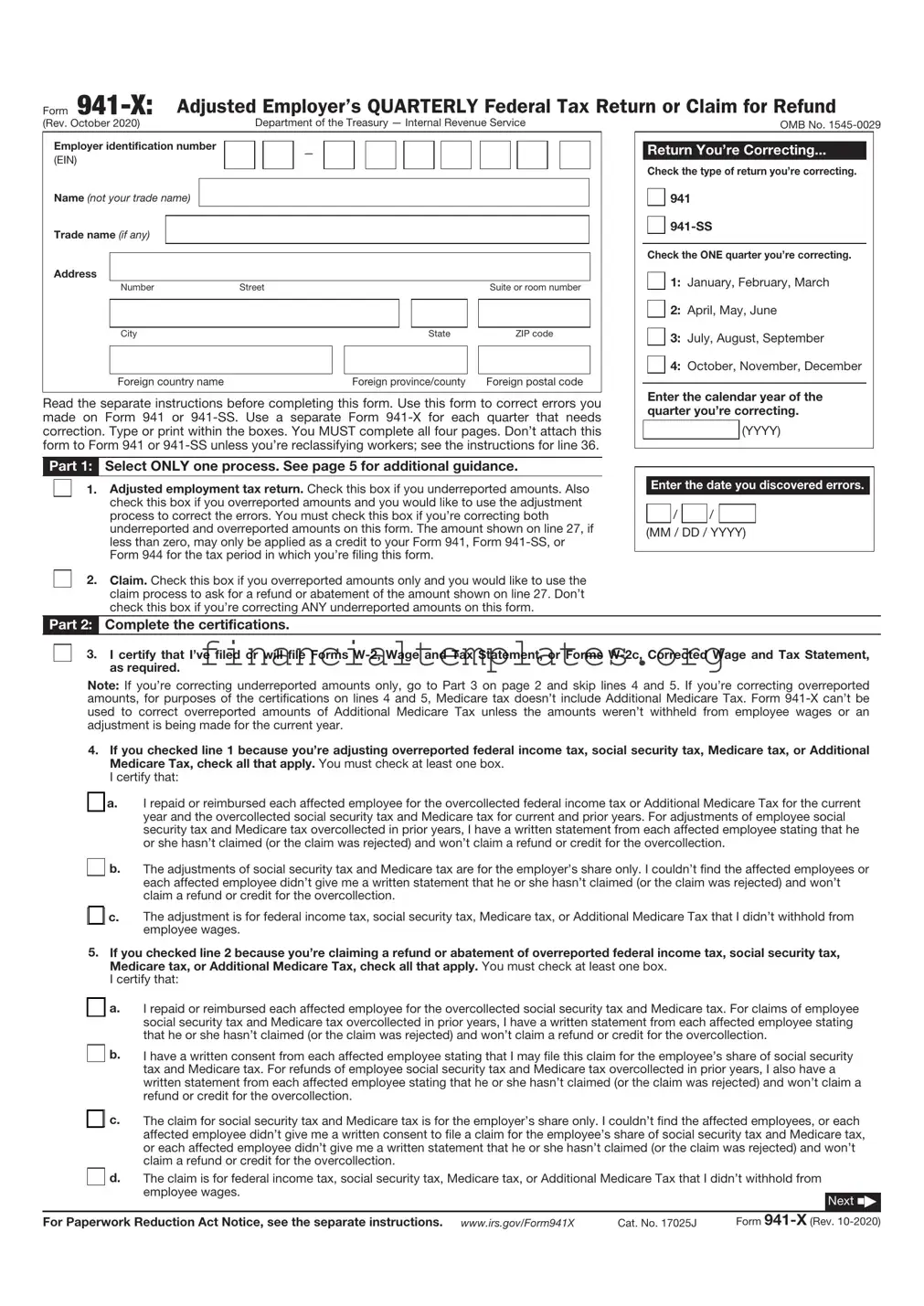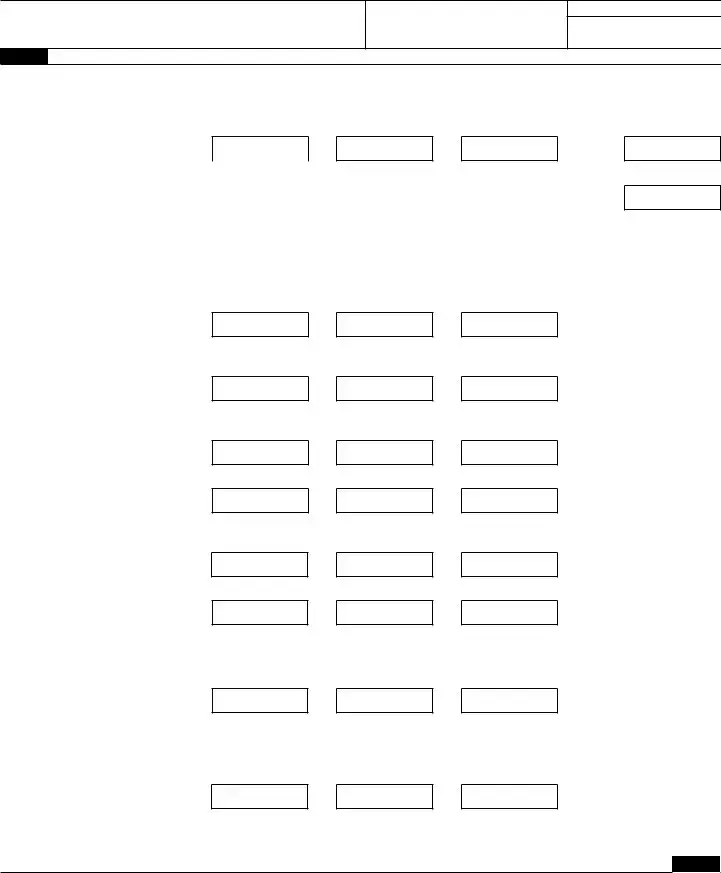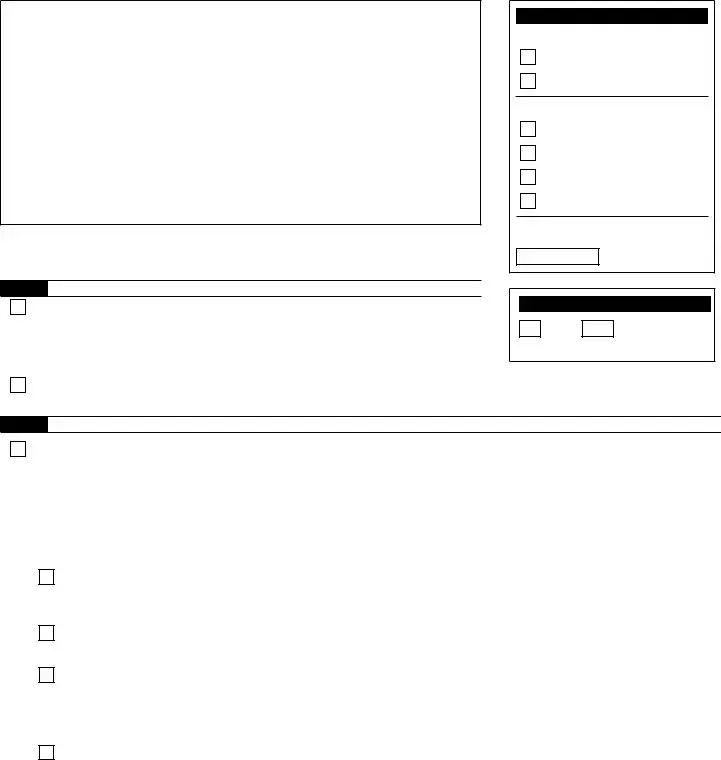The IRS 941-X form shares similarities with the IRS 940 Schedule A form, which is used for multi-state employers to allocate their FUTA (Federal Unemployment Tax Act) liability. Both forms serve as adjustments to previously filed tax returns, allowing entities to report and correct discrepancies from past submissions. The 940 Schedule A, much like the 941-X, requires detailed past financial information to amend specific sections of originally filed forms, demonstrating how businesses' taxation responsibilities can shift over time.
Another related document is the IRS Form 1040-X, the Individual Income Tax Return Amendment form. This form is used by individuals to correct errors on previously filed Form 1040, 1040-A, or 1040-EZ. Similar to the IRS 941-X, Form 1040-X provides a structured way to make corrections to an already submitted tax return, ensuring accurate tax reporting and compliance. Both forms necessitate a thorough review of prior filings and precise adjustments to meet legal taxation requirements.
The IRS W-2c, Corrected Wage and Tax Statement, also parallels the IRS 941-X. Employers use the W-2c to correct mistakes on previously issued W-2 forms, such as employee information or wage reports. Like the 941-X, which amends employment tax return errors, the W-2c addresses the need for accuracy in employment tax reporting, correcting past information that affects both employer and employee tax liabilities.
The IRS 1120-X, Amended U.S. Corporation Income Tax Return, is the corporate equivalent of the 941-X form for individual and sole proprietor amendments. Companies file this form to correct errors on previously filed 1120 or 1120-A forms. Both the 1120-X and the 941-X highlight the importance of accurate tax reporting and allow for rectification post-submission to ensure compliance with tax laws.
Form 1065-X, Amended Return or Administrative Adjustment Request (AAR), is for partnerships that need to amend previously filed Form 1065. This form bears a resemblance to the 941-X in its purpose to correct or update information previously reported to the IRS. Both documents underscore the need for ongoing accuracy in tax reporting and provide a means to rectify errors in a structured and legally compliant manner.
The Amended Employer’s Quarterly Federal Tax Return or Claim for Refund, IRS Form 943-X, adjusts reports on federal tax returns for agricultural employees. This form's operational mechanism closely mirrors the 941-X, aiming to correct or modify previously submitted tax details regarding payroll. Both forms play a critical role in ensuring that employers accurately fulfill their tax obligations, highlighting the dynamic nature of tax reporting and compliance.
The IRS 1042-X, Amended Annual Withholding Tax Return for U.S. Source Income of Foreign Persons, is tailored for corrections related to withholding taxes on income of foreign persons. Much like the 941-X, it is designed for adjustments post-original submission, stressing the importance of accurate withholding and reporting of taxes. The 1042-X and 941-X collectively address the nuanced areas of tax law, ensuring entities engage in precise tax practices.
IRS Form 2555-X, used for Amending U.S. Individual Income Tax Return to adjust foreign earned income, parallels the corrective nature of the 941-X. Individuals use it when amending specifics around foreign income exclusions or housing exclusions/deductions previously claimed. Both forms indicate the complexities of tax filings that can necessitate subsequent adjustments to capture the correct tax obligations and benefits accurately.
The IRS Form SS-8 Determination of Worker Status for Purposes of Federal Employment Taxes and Income Tax Withholding is indirectly related to the 941-X in its preparatory function. While not an amendment form, the SS-8 can lead to the need for a 941-X filing if a worker’s status changes from independent contractor to employee (or vice versa), requiring corrections in previously filed employment taxes. This connection emphasizes the interwoven nature of employment classifications and tax reporting obligations.
Lastly, the IRS Form 8822-B, Change of Address or Responsible Party — Business, serves a specific function highly relevant in the context of amending forms like the 941-X. When a business’s address or responsible party changes after filing a tax return, the 8822-B must be submitted to inform the IRS of this change. While not directly amending tax return information, the update can be critical for ensuring that any communications or corrected filings like the 941-X are accurately processed and sent to the correct address, aligning administrative records with current realities.








